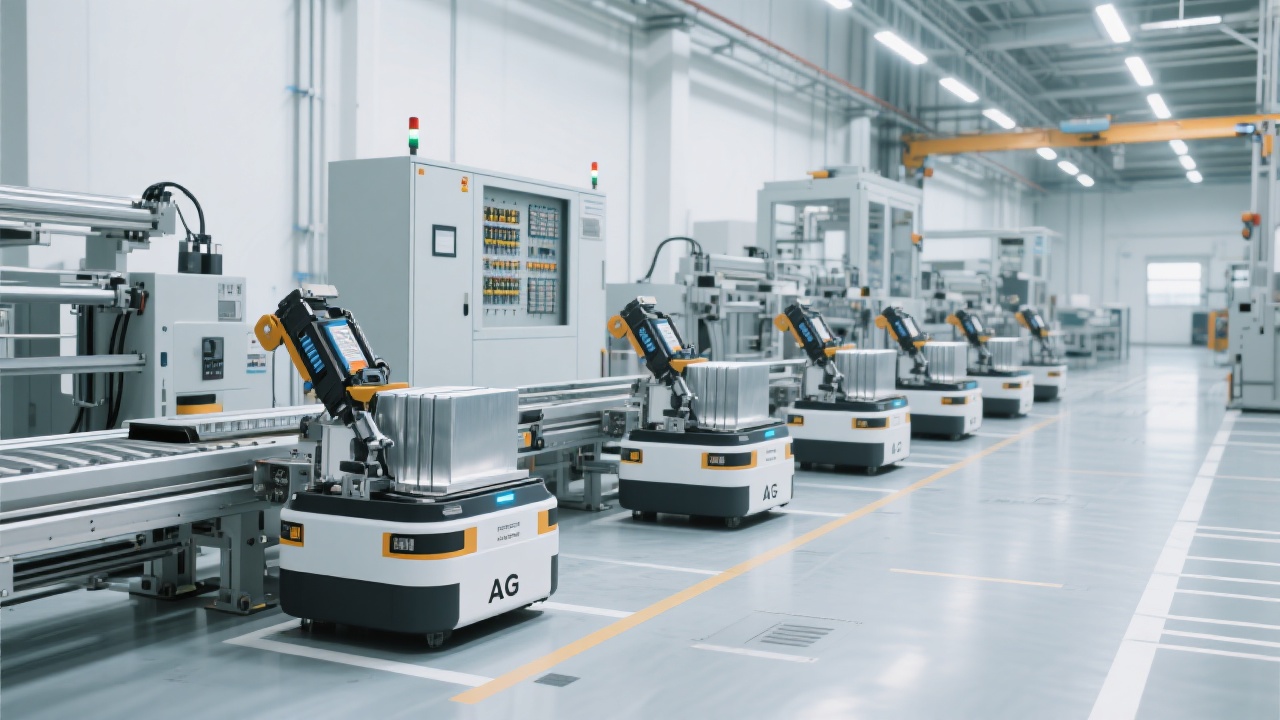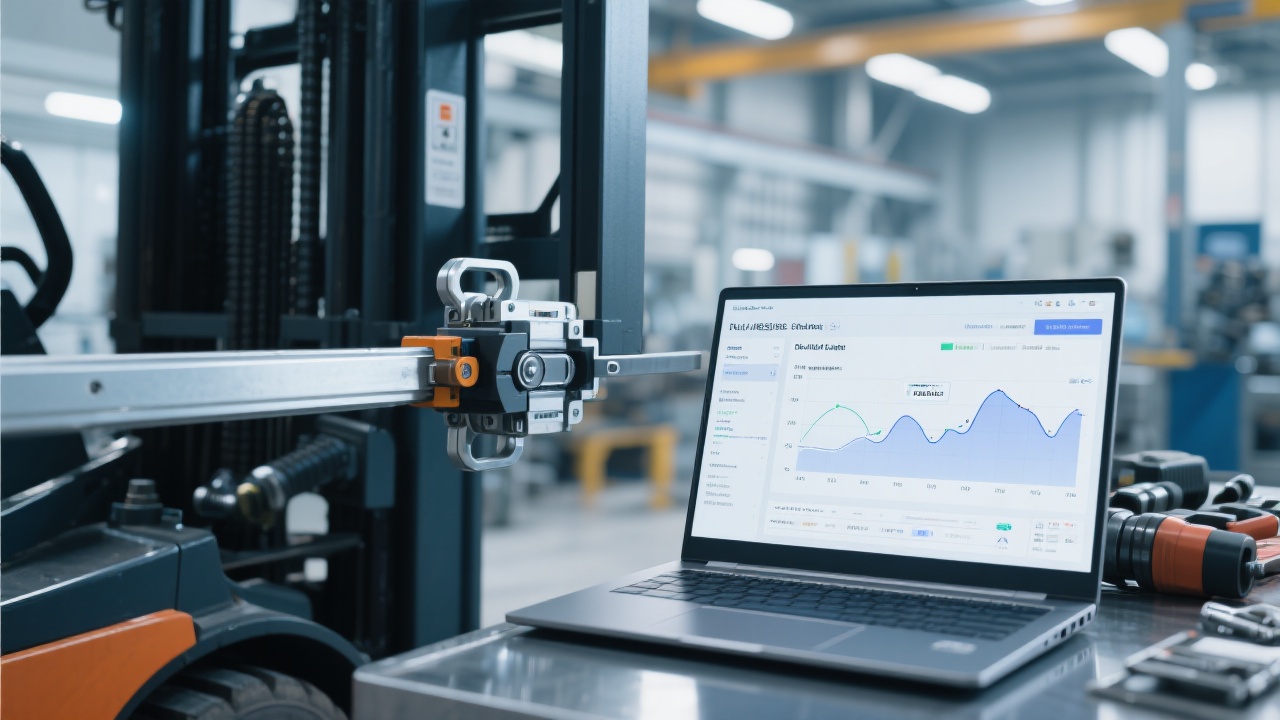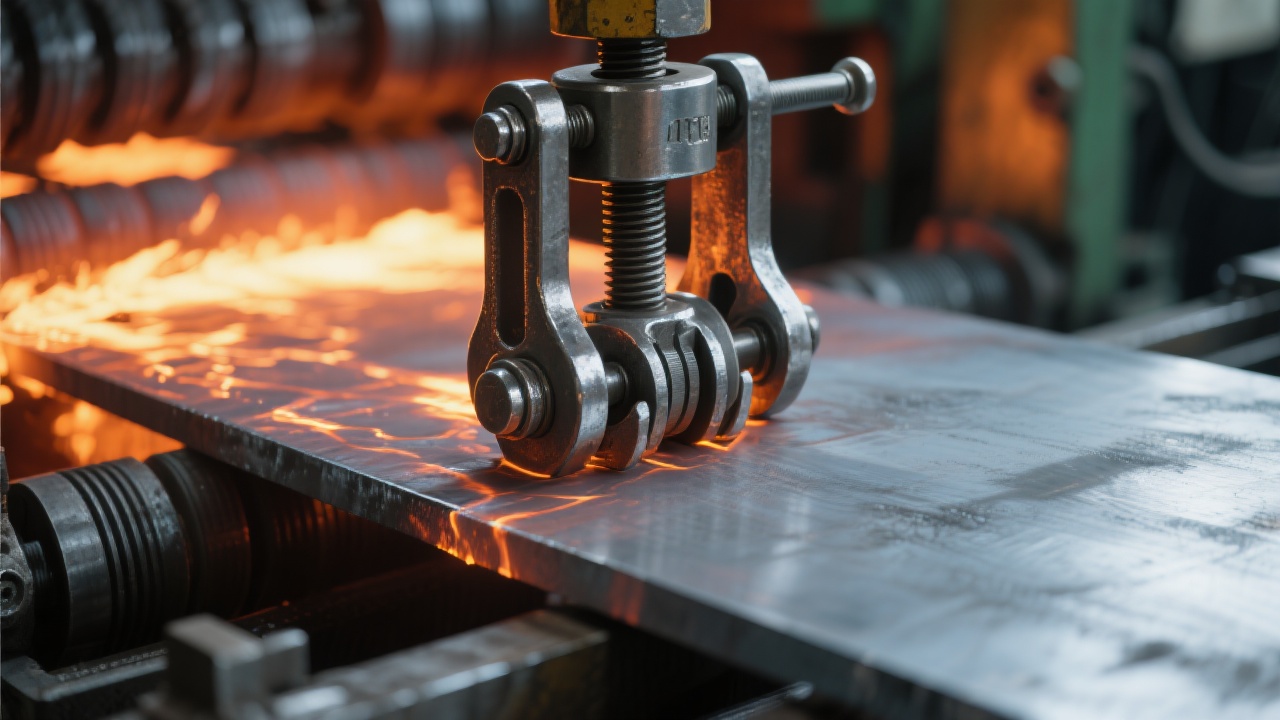
In today’s competitive export manufacturing landscape, digitization is no longer optional—it is imperative. Industrial fixtures, especially power-driven billet clamps, play a pivotal role in production efficiency and quality assurance. Yet managing their complex lifecycles manually impedes scalability and consistency. Enter Product Data Management (PDM) systems like Siemens Teamcenter, which empower manufacturers to create standardized, reusable fixture knowledge bases—a strategic asset enabling precision, traceability, and innovation acceleration.
The Industry 4.0 revolution demands real-time transparency, smart automation, and data-driven decision-making. Fixtures traditionally managed via disparate spreadsheets or paper-based logs present risks: lost data, inconsistent maintenance, and delayed issue detection. Studies show digital lifecycle tracking can reduce fixture-related production downtime by up to 30% and maintenance costs by 20%. Export manufacturers leveraging digital fixture management gain: standardized design documentation; serialized asset tracking; streamlined repair workflows; and improved safety compliance.
Teamcenter’s PDM platform acts as a centralized digital repository for fixture design, manufacturing, testing, and maintenance data. Its core functions include:
By implementing such structured data governance, manufacturers achieve a single source of truth, reducing errors and accelerating fixture-related processes by an estimated 25% in large-scale facilities.
Complementing PDM’s data management, MSC NASTRAN simulation enables virtual stress testing under realistic conditions—exceeding 1,000°C in some power-driven clamp applications. Thermal-stress analyses identify critical deformation zones, optimizing designs before physical prototyping. This proactive approach can lower rework rates by over 40% and extend fixture lifespans by 15-25%, ultimately improving overall plant safety.

A leading export-oriented manufacturer implemented Teamcenter PDM integrated with NASTRAN-driven simulations to manage 1,100+ dynamic billet clamps used across multiple plants. This strategy enabled:
| Performance Metric | Result |
|---|---|
| Production Downtime Reduction | 28% |
| Maintenance Cycle Optimization | 20% Increase in Efficiency |
| Fixture Usage Traceability Accuracy | 100% (Eliminated Data Loss) |
This case demonstrates not only operational improvements but also fosters data-driven innovation for future fixture system iterations.
Establishing a sustainable knowledge base is core to scaling smart factory operations. Best practices include:
Adopting these methods ensures your knowledge base remains a living asset—fueling machine learning applications and predictive maintenance in the long term.

The trajectory of Industry 4.0 points towards hyper-connected digital twins, AI-augmented fixture design, and predictive analytics. Manufacturers investing in PDM-integrated simulation technologies today position themselves to exploit:
Preparing your organization with solid digital infrastructure now translates into flexible, resilient manufacturing capabilities tomorrow.

Transitioning to a digitally enhanced fixture management system involves tactical planning. Key success factors include stakeholder training, gradual data migration, and performance benchmarking. Combining PDM with CAE tools like MSC NASTRAN unlocks powerful synergies to accelerate ROI and quality gains.
Curious how your export manufacturing operations can scale efficiency and safety through PDM-led fixture digitization? Explore tailored strategies that integrate advanced lifecycle tracking and simulation analytics.
Discover How to Optimize Your Fixture Management with Cutting-Edge PDM Solutions
Q1: How does PDM improve fixture traceability compared to traditional methods?
A1: PDM centralizes all design, production, and maintenance data, providing instant access to fixture lifecycle records with version history and usage logs, eliminating human errors and data silos prevalent in manual management.
Q2: Can MSC NASTRAN simulations realistically predict fixture failures in harsh manufacturing conditions?
A2: Yes. By simulating heat, stress, and deformation under extreme conditions, MSC NASTRAN helps engineers identify possible weaknesses preemptively, reducing costly field failures.
Q3: What are the first steps for exporters interested in digitalizing their fixture knowledge base?
A3: Assess current fixture data quality, define standard data formats, and initiate a pilot project integrating PDM with simulation tools on a critical fixture family to validate benefits before broader rollout.
Have more questions or want custom advice? Contact our digital transformation experts today.

